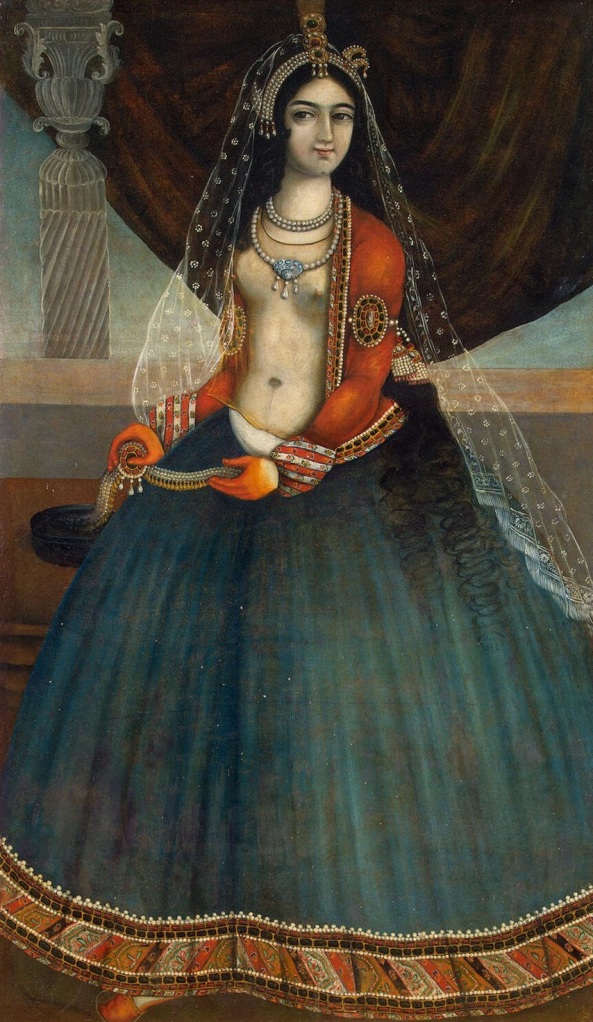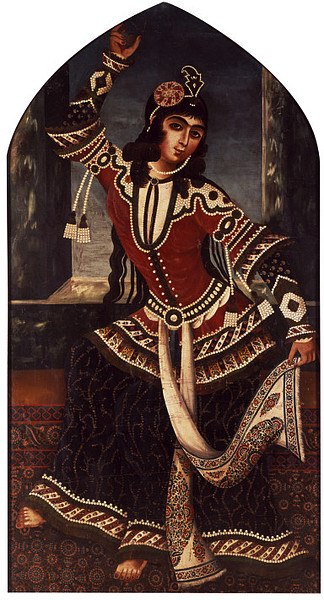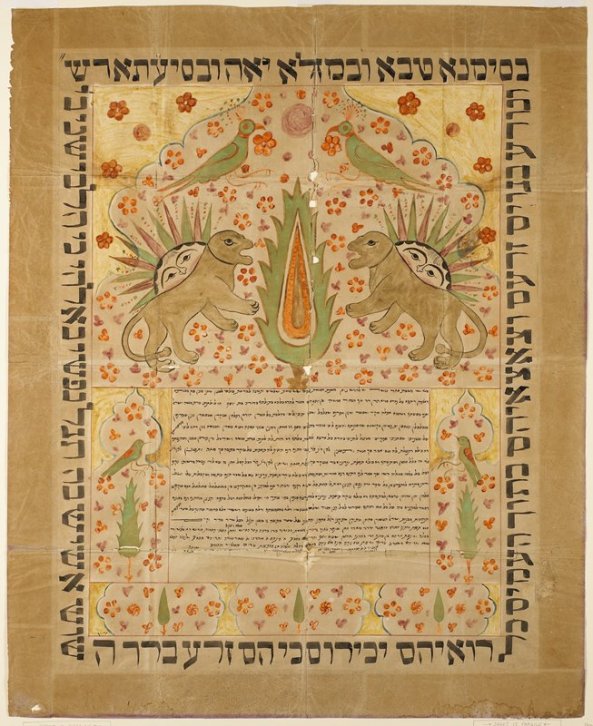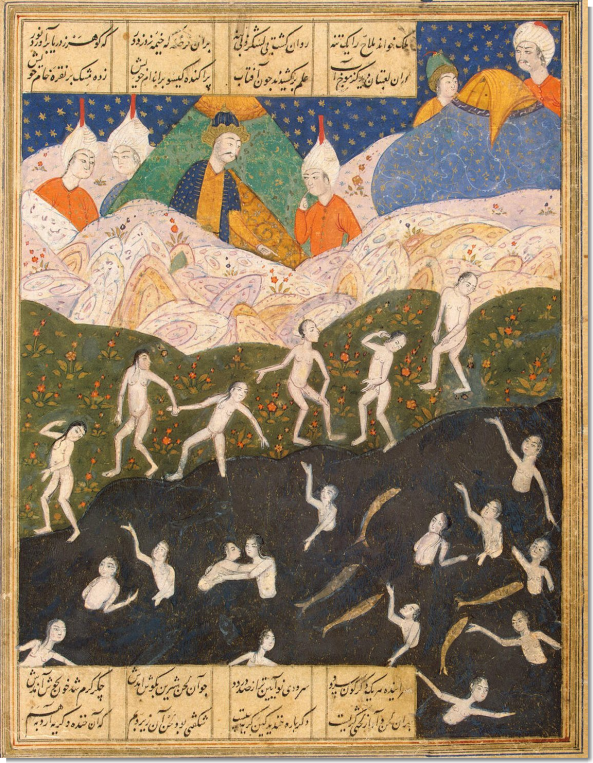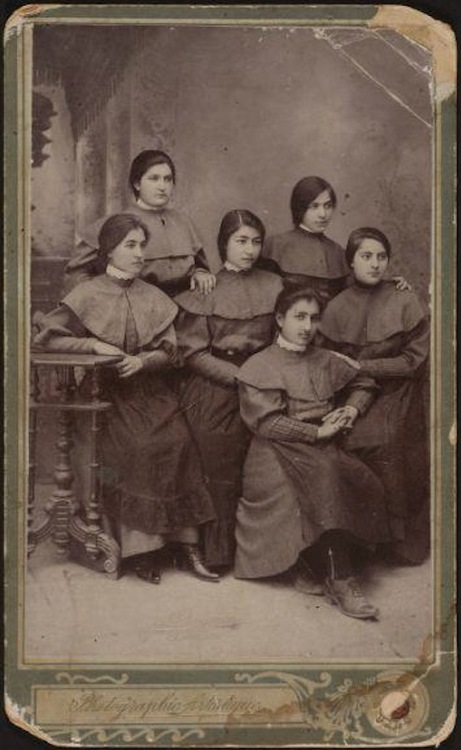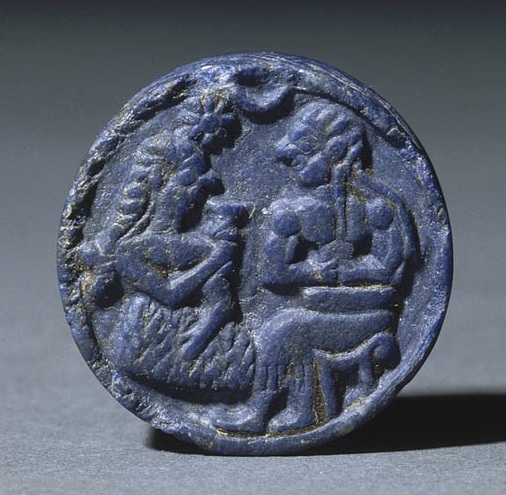Cobra Saidi (born 18 December 1329), poet, actor, writer and one of the first female filmmakers in Iran. She began dancing in cafés Street Lalehzar at age 14 and then went to the theater and then shows such as "the way" to play a small role in the movie, and then took over and began to influence roles in films such as "pinch" and "the fourth morning," played at the festival thanks to the award-winning.
Before
After






























